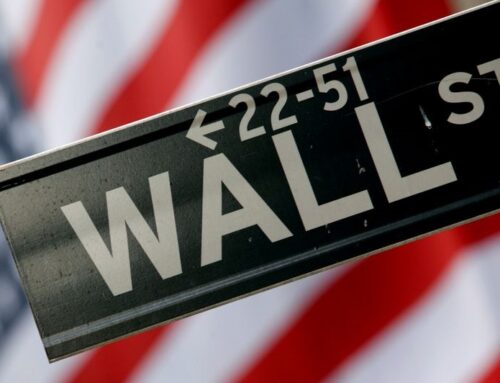Why Netflix is worth only half of its...
September 30, 2014
By Lawrence Lewitinn2 hours ago Talking Numbers
Netflix’s stock may have gotten a nice pop because of a new film announcement, but one analyst who covers the name has come out to say it’s “way overvalued.”
The streaming video giant said that in late 2015, it will air a sequel to the 2000 Oscar-winning Chinese-language martial arts hit “Crouching Tiger, Hidden Dragon.” The film will also appear at the same time in some IMAX theaters.
As has happened in the past, the market greeted Netflix’s latest news with a tremendous amount of enthusiasm.
At one point on Tuesday, Netflix shares were up $3.64, which added roughly $218 million to the company’s market cap. That’s slightly more than the $213 million “Crouching Tiger, Hidden Dragon” grossed worldwide.
But to hear one analyst describe his take on Netflix’s valuations, investors may be crouching in pain rather than finding hidden value in the stock.
“The stock is way overvalued,” said Michael Pachter, a senior analyst at Wedbush Securities, who covers Netflix.
Though Pachter said Netflix is a well-run company with a great product, he thinks it’s worth about half of where it is right now.
“I’ve been wrong for three years, so I certainly don’t want to profess being good at reading the crystal ball,” admits Pachter, “but my price target is $245.”
Pachter thinks earnings will grow far less than consensus estimates precisely because of deals like the one Netflix cut with Weinstein Co. to make “Crouching Tiger, Hidden Dragon: The Green Legend.”
“Netflix is paying up for content and that’s going to depress their earnings,” Pachter said. “Their earnings are not going to grow as fast as 100 multiple implies.”
Richard Ross, global technical strategist at Auerbach Grayson, is in full agreement with Pachter.

While Netflix shares are above its 100-day moving average, which Ross sees as a buy signal, “we’ve run into resistance around $486 and momentum has stalled,” he said. In the short term, any break below the 100-day moving average (currently at $436) would mean investors should sell, he added.

Ross, a “Talking Numbers” contributor, sees further downside from there. He’s keeping an eye on the $300 level. “That coincides with the 2011 high, the 2014 low and [the] 100-week moving average,” he said. “That’s a bearish cluster of evidence that tells me this stock could have 30 percent downside from current levels and I, too, would be a seller up here.”
To see the full discussion on Netflix, with Pachter on the fundamentals and Ross on the technicals, watch the above video from CNBC’s “Street Signs.”
Search
RECENT PRESS RELEASES
Related Post




